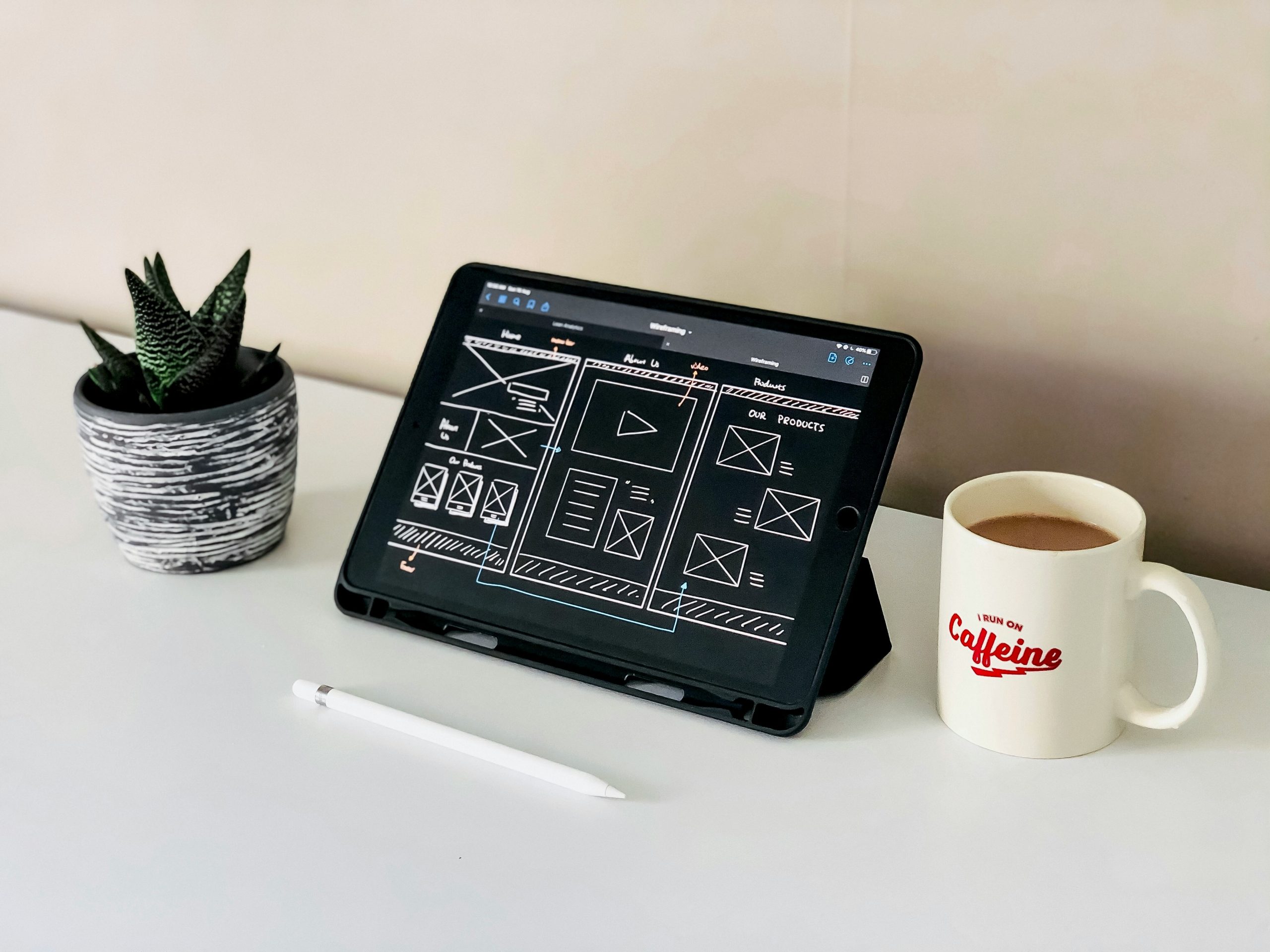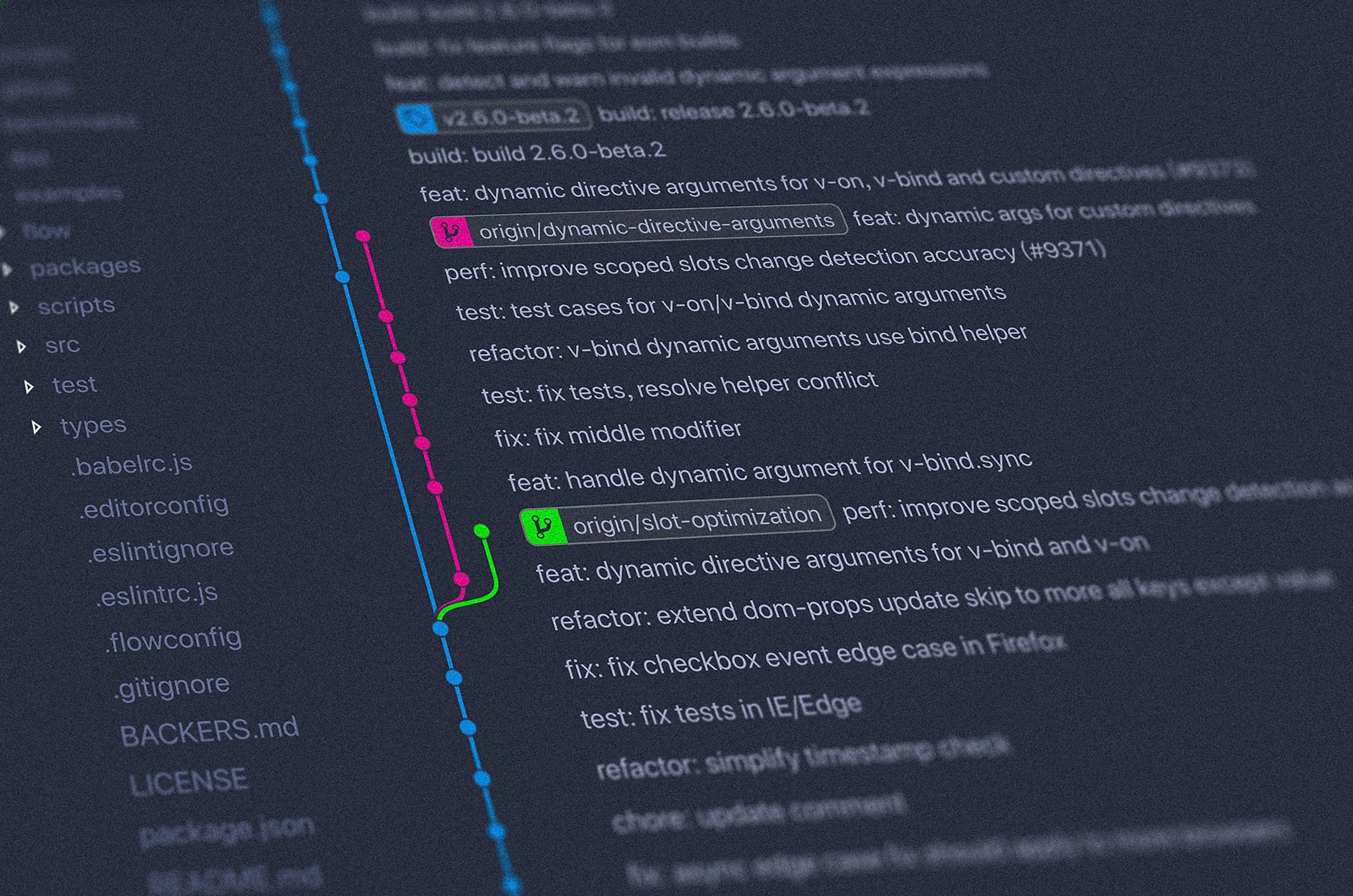Information Architecture Basics
In today’s digital landscape, creating a seamless user experience is paramount for the success of any online platform. Information architecture basics lay the foundation for structuring content and organizing information in a way that makes it easily accessible to users. Whether you’re a web designer, developer, or business owner looking to enhance your website, understanding these essentials can make all the difference.
What is Information Architecture?
Information architecture (IA) involves designing and organizing information systems. It is mainly concerned with offering users intuitive paths to find and interact with content. Essentially, information architecture basics serve as a blueprint for websites, guiding the layout, navigation, and categorization of information. Good IA is user-centric, ensuring that people can readily find what they need without frustration.
The Importance of Information Architecture
Implementing robust information architecture basics can significantly enhance user experience and engagement. Here’s why it’s critical:
Improves Usability: According to a Forrester Research, a well-structured site can increase usability by 40%. By organizing information logically, users can easily navigate the site and complete their tasks efficiently.
Boosts SEO Performance: Clear and organized information with proper semantic structure helps search engines understand website content better, thus improving rankings.
Enhances Accessibility: A sound IA accommodates diverse users, including those using assistive technologies, ensuring that all users have equal access to site information.
Core Components of Information Architecture
Information architecture basics are composed of several key components:
Labels and Terminology
Using clear labels and terms helps in reducing confusion and improving navigation. Choosing the right words ensures that users comprehend the organization and content of a website immediately.
Navigation Systems
Efficient navigation systems are essential for guiding users through content. This includes top menus, sidebars, and breadcrumbs, all of which help users understand their current location within the digital platform.
Content Organization
Deciding how content is organized into categories and subcategories defines the structural hierarchy of a site. This element of IA categorizes information in a logical manner, aligning with users’ mental models.
Search Systems
A reliable search system is important for large sites with extensive content. Effective search features filter and present information quickly, enhancing overall user satisfaction.
Designing Effective Information Architecture
To design an effective IA, one must follow a user-centered approach:
User Research
Understand your target audience by conducting surveys, interviews, and usability tests. Identify their needs, preferences, and pain points to tailor the IA accordingly.
Content Inventory and Analysis
Perform a content inventory to evaluate existing information. This process will help in identifying redundant or outdated content, making it easier to reorganize for better user experience.
Create Wireframes and Sitemaps
Visual tools like wireframes and sitemaps illustrate the IA design. Wireframes depict the layout and structure of pages, while sitemaps map out the entire site structure.
Prototype and Test
Before finalizing, create prototypes and conduct usability testing. Testing will help identify any navigation issues and validate design decisions, ensuring that users can interact with the site as intended.
Conclusion
Mastering information architecture basics is key to crafting digital environments that prioritize user needs and improve engagement. By focusing on clear organization, effective navigation, and user research, websites can provide a seamless experience that benefits both users and search engines. Whether you’re redesigning an existing site or launching a new one, incorporating solid IA principles can greatly enhance overall functionality and success.




